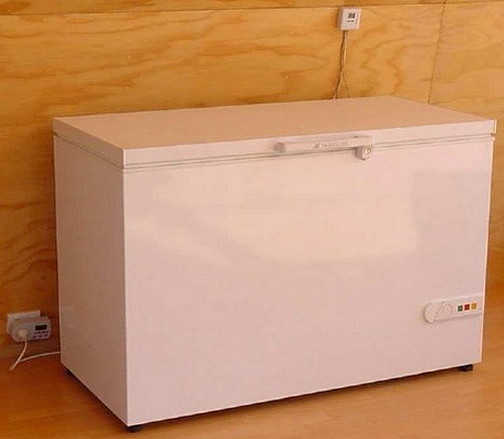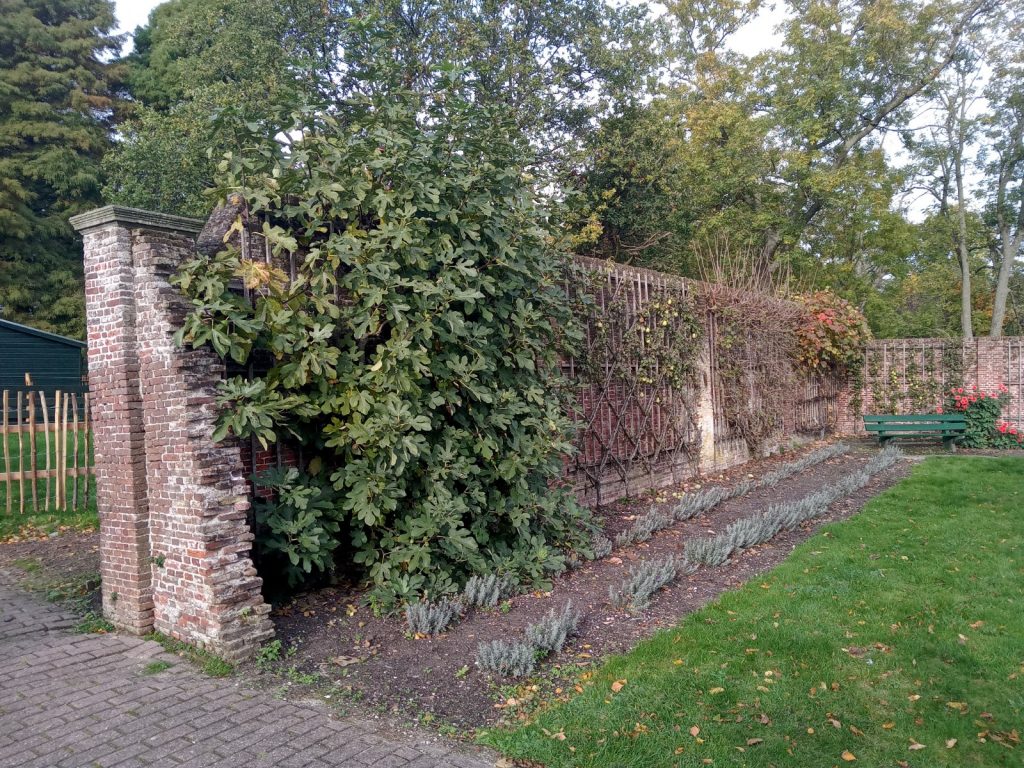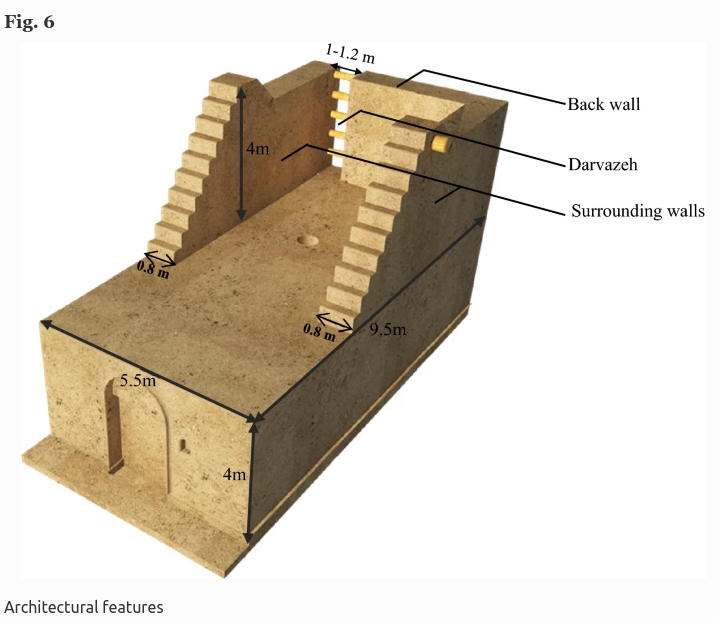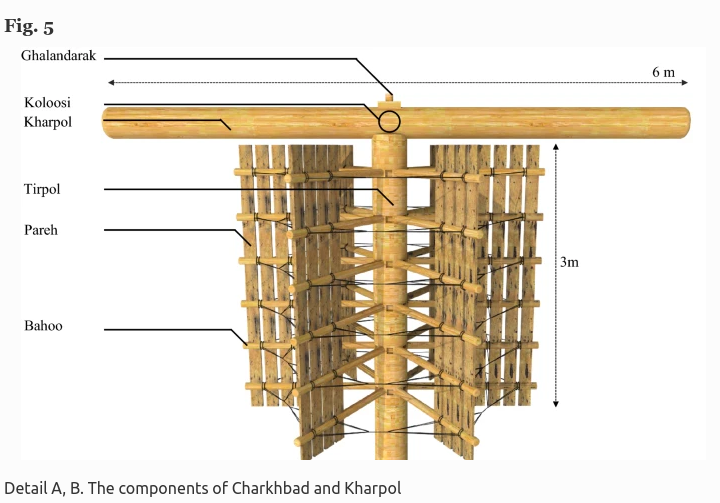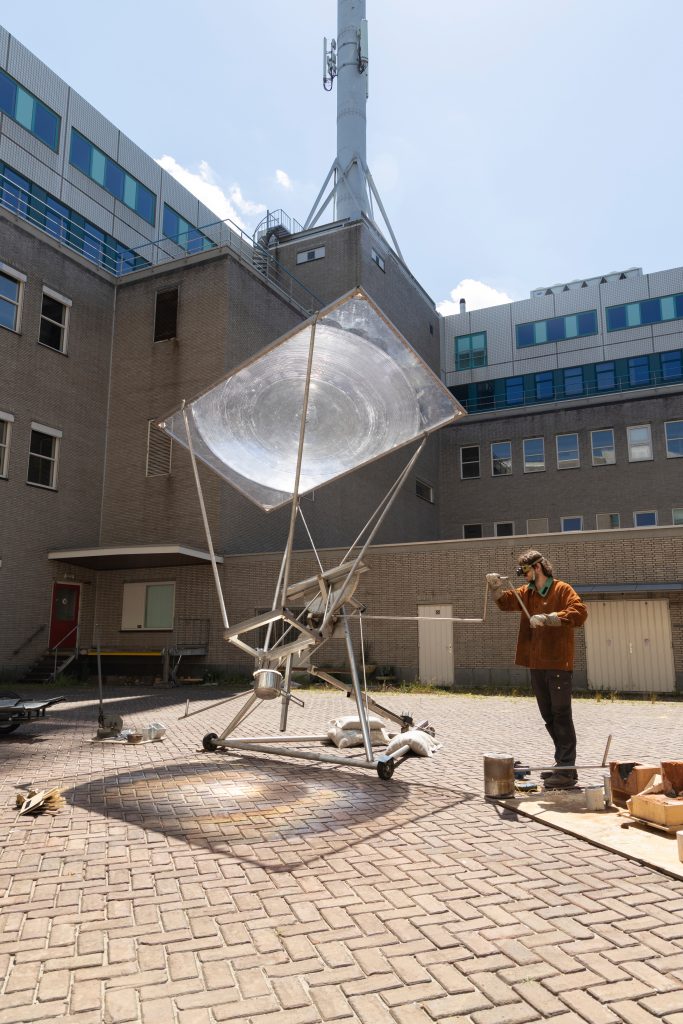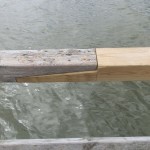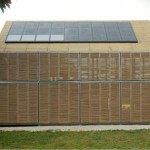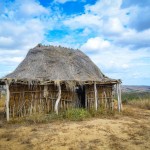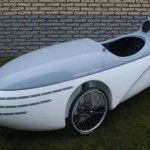Winne Clement made and recorded these huge Overtone flutes for The soundtrack of the Movie ‘The Whale’ by Darren Aronofsky. Check out the video on YouTube. We interviewed Winne Clement a few years ago.
Low Energy Chest Fridge
“Using vertical doors in refrigeration devices is an act against the Nature of Cold Air. Understanding and cooperating with Nature rather than acting against it leads to much better efficiency. My chest fridge (Vestfrost freezer turned into a fridge) consumes about 0.1 kWh a day. This fridge is 10 to 20 times more energy efficient than typical household fridges on the market today.”
“It works only about 2 minutes per hour. At all other times it is perfectly quiet and consumes no power whatsoever. It is obvious that a truly energy efficient fridge does not cost any more money than a mediocre one. It actually costs less. It also has amazing food-preserving performance because temperature fluctuations in its interior are naturally minimized.”
Image: Dr. Tom J. Chalko.
“Comparing the daily energy consumption of various refrigeration devices available on the market reveals that well-designed chest freezers consume less electricity per day than refrigerators of comparable volume, even though freezers maintain much larger interior-exterior temperature difference (their interiors are much cooler). While chest freezers typically have better thermal insulation and larger evaporators than fridges, there is another important reason for their efficiency.”
“Vertical doors in refrigeration devices are inherently inefficient. As soon as we open a vertical fridge door – the cold air escapes, simply because it is heavier than the warmer air in the room. When we open a chest freezer – the cool air stays inside, just because it’s heavy. Any leak or wear in a vertical door seal (no seal is perfect) causes significant loss of refrigerator efficiency. In contrast, even if we leave the chest freezer door wide open, the heavy cool air will still remain inside.”
“The chest-style refrigerator is surprisingly practical and convenient to use. The most frequently used items are placed in top baskets and are very visible and very easily accessible. Baskets slide on top edges of fridge walls so that quick access to deeper sections of the fridge interior is possible without removing any basket.”
Read more and find the manual at Dr. Tom J. Chalko’s website. Thanks to Pablo M.
Restored Fruit Wall in the Netherlands
Melle Smets, Dutch artist and our collaborator at the Human Power Plant, stumbled upon this beautiful fruit wall in Dorrepaal, the Netherlands. By planting fruit trees close to a specially built wall with high thermal mass and southern exposure, a microclimate is created that allows the cultivation of Mediterranean fruits in temperate climates. Previously: Fruit walls: urban farming in the 1600s.
The Ondioline
The Ondioline is an electronic musical instrument invented by Georges Jenny in France in the early 1940s and developed through a number of different models until his death in 1975. This versatile and expressive instrument is monophonic, but can produce a remarkable variety of sounds, from simulating orchestral instruments to creating unique and voice-like tones.
In total, around 1200 Ondiolines were built between the mid 1940s and late 1960s, most of them handmade by Jenny himself. The instrument was also offered in “kit” form, where Jenny recommended purchasing the more complex assemblies – such as the keyboard – as complete units. The schematics were made available for amateur engineers to construct their own custom instruments, and they were encouraged to experiment with the amplifier, tone circuits and cabinetry.
Although a number of musicians played Ondiolines in eclectic contexts through the years, the instrument’s main proponent and arguably sole virtuoso was Jean-Jacques Perrey [1929-2016]. After meeting Jenny around 1950, Perrey became the Ondioline’s official demonstrator and traveling salesman, later using the instrument on a number of pioneering electronic pop records. His technique of self-accompanying – playing the piano with his left hand while fluidly changing sounds and soloing on Ondioline with his right hand and knee – was a feat of remarkable musical dexterity.
Since 2016 the musician Gotye has worked to revive interest in the Ondioline through the non-profit Forgotten Futures and with an ensemble called Ondioline Orchestra that performs tributes to Jean-Jacques Perrey’s music. Forgotten Futures is dedicated to the recovery of Jenny’s under-recognized work, the recreation of critical Ondioline spare parts, and the dissemination of information that will ensure the functionality and accessibility of these remarkable instruments for future generations.
Read, see & listen:
How to Build a Persian Windmill
“This paper investigated a windmill in Nehbandan which is an example of architectural heritage. Harnessing natural energy and using local materials such as stone, wood and adobe, the residents were able to create environmentally friendly structures. In this paper, one of these windmills that is still standing in Nehbandan was selected from a chain of windmills. Then, based on architectural survey, interviewing with millers and sketching, the dimensions of architectural elements and mechanical components were obtained and the windmill was modelled.”
“The results reveal that there is a close relation between architectural features and mechanical components. The orientation of this windmill toward prevailing wind, the correct placement of walls in three faces and creating a hole named Darvazeh in the third wall to direct the wind into the Parkhaneh are architectural features which provide the kinetic energy of the wind to move the mechanical components. The stepped form of the surrounding walls prevents erosion of mechanical components and as a result increases the durability of the windmill.”
Zarrabi, M., Valibeig, N. 3D modelling of an Asbad (Persian windmill): a link between vernacular architecture and mechanical system with a focus on Nehbandan windmill. Herit Sci 9, 108 (2021). https://doi.org/10.1186/s40494-021-00587-0
https://heritagesciencejournal.springeropen.com/articles/10.1186/s40494-021-00587-0
Solar Metal Smelter
Jelle Seegers set out to design a production line that drastically lowers our footprint, using nothing but the sun, wind, or muscle power as its energy source. The ‘Solar Metal Smelter’ is his pièce the résistance: this huge magnifying glass creates a powerful focal point that, on a sunny day, makes metal melt. Cast in a sand mould, the hot substance is transformed into machine parts for a foot-driven grinder in an off-grid practice.
More:

